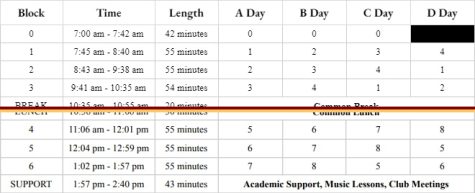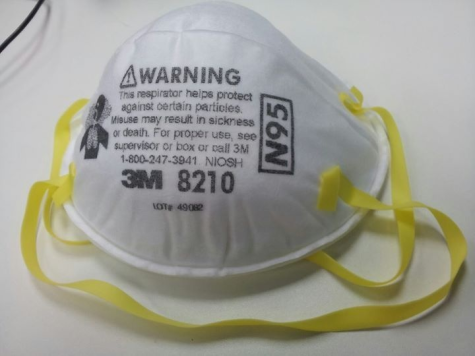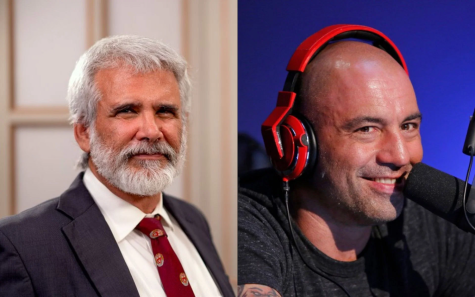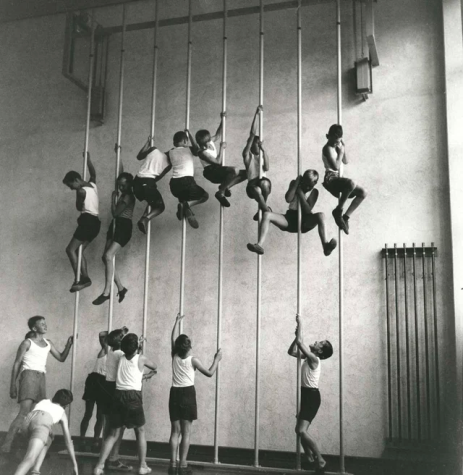Frozen Embryos Born After 30 Years & the Science of In Vitro-Fertilization
Philip and Rachel Ridgeway welcome their twin babies from embryos preserved for 30 years, since April 22, 1992. Vitro-fertilization, a fertility treatment where a mature egg is manually combined to sperm in a laboratory dish, made this possible as the embryos were preserved in liquid nitrogen for three decades.
Donated by an anonymous married couple to the National Embryo Donation Center in Knoxville, Tennessee, the fertilized embryos were preserved in liquid nitrogen for 30 years. The couple, Philip and Rachel Ridgeway, went through an ‘embryo adoption’ and transferred three fertilized embryos into the uterus. Two embryos were successfully developed in this process; the vitro-fertilized twins, Lydia and Timothy Ridgeway, were born October 31, 2022 as two healthy babies.
“We weren’t looking to get the embryos that have been frozen the longest in the world. We just wanted the ones that had been waiting the longest,” said Philip Ridgeway according to CNN News. “It really is God’s grace because he has just sustained us each step of the way,” says Rachel Ridgeway.
The numerous embryos were preserved in liquid nitrogen in temperatures nearly 200 degrees below zero, stored in a fertility lab. But, how can embryos stored for three-decades still be used for uterus implantation and eventual childbirth?
Thanks to the advancements in reproductive medicine, such as vitro-fertilization, embryo cryopreservation (embryo freezing), and frozen embryo transfer (FET), this feat is possible. In vitro-fertilization is a fertility process where an egg is manually combined to sperm in a laboratory dish, while cryopreservation is the preservation of the embryo in sub-zero temperatures. The final stage of IVF (in vitro-fertilization), is the frozen embryo transfer which involves thawing the frozen embryos and transferring them to the patient’s uterus through a catheter. The placement of the embryos is done in the time of the menstrual cycle that best supports a pregnancy. Then when undergoing FET, progesterone and other supplemental medications for hormonal function preparation is taken.
Additionally, leftover frozen embryos are able for future transferring attempts. The process of in vitro-fertilization gives couples or singular patients the chance at parenthood, despite infertility or medical struggles.
Studies show the rates of frozen embryo transfer resulting in live childbirth is 25-40%. The first successful, recorded case of frozen embryo transfer was in 1984.
The total, average cost of in vitro-fertilization, according to the American Society of Reproductive Medicine, ranges significantly from $10,000 to $25,000. Another successful story of in vitro-fertilization is from former first-lady, Michelle Obama, who turned to IVF after a miscarriage, according to her memoir, Becoming. Mrs. Obama was then able to conceive her two daughters, Malia and Sasha Obama. Studies show that in vitro-fertilization has led to the birth of more than 8 million babies, and has given people the undervalued chance at parenthood. And for Philip and Rachel Ridgeway, child conception was made possible from these astounding advancements in reproductive technology.








